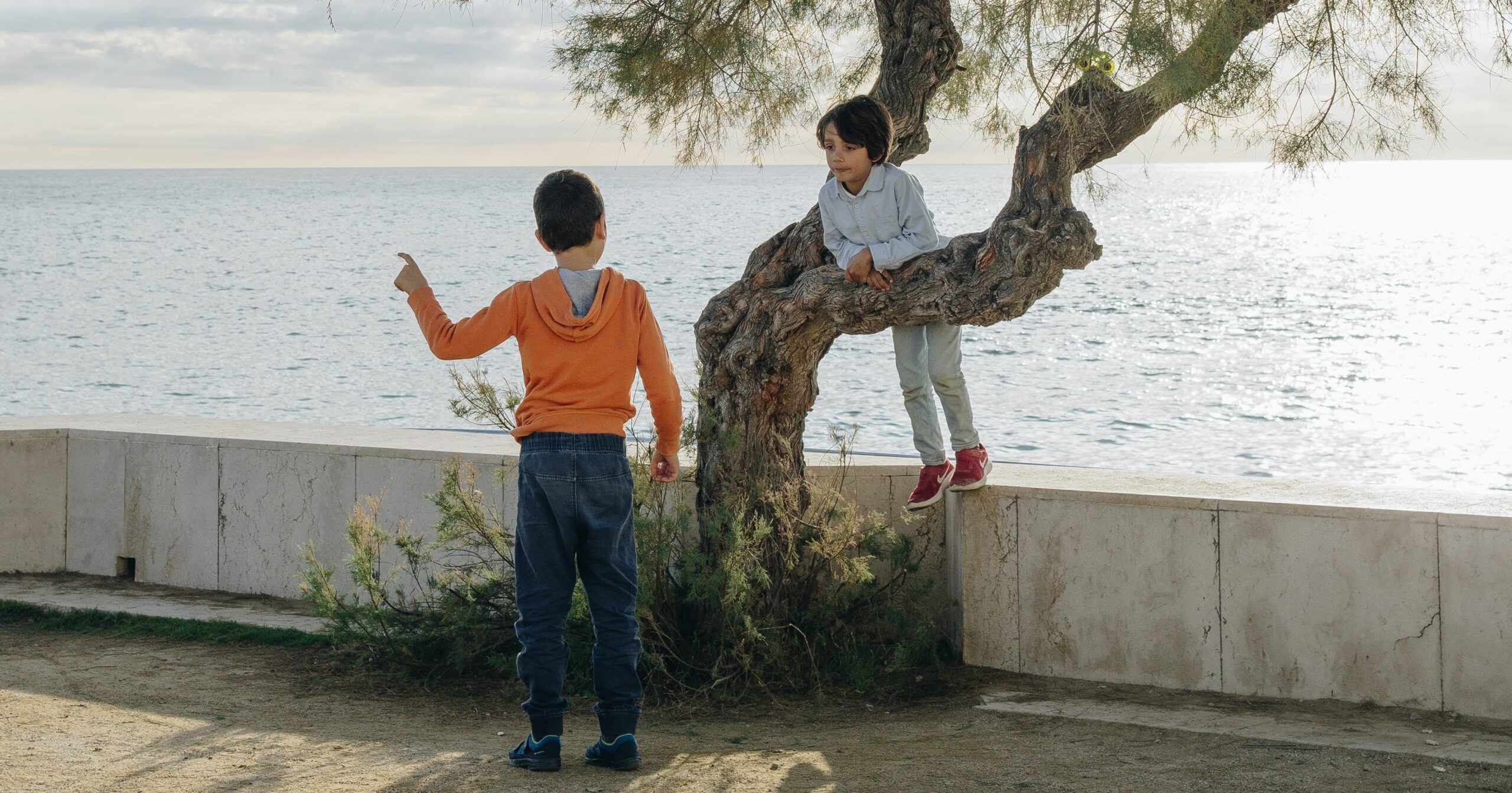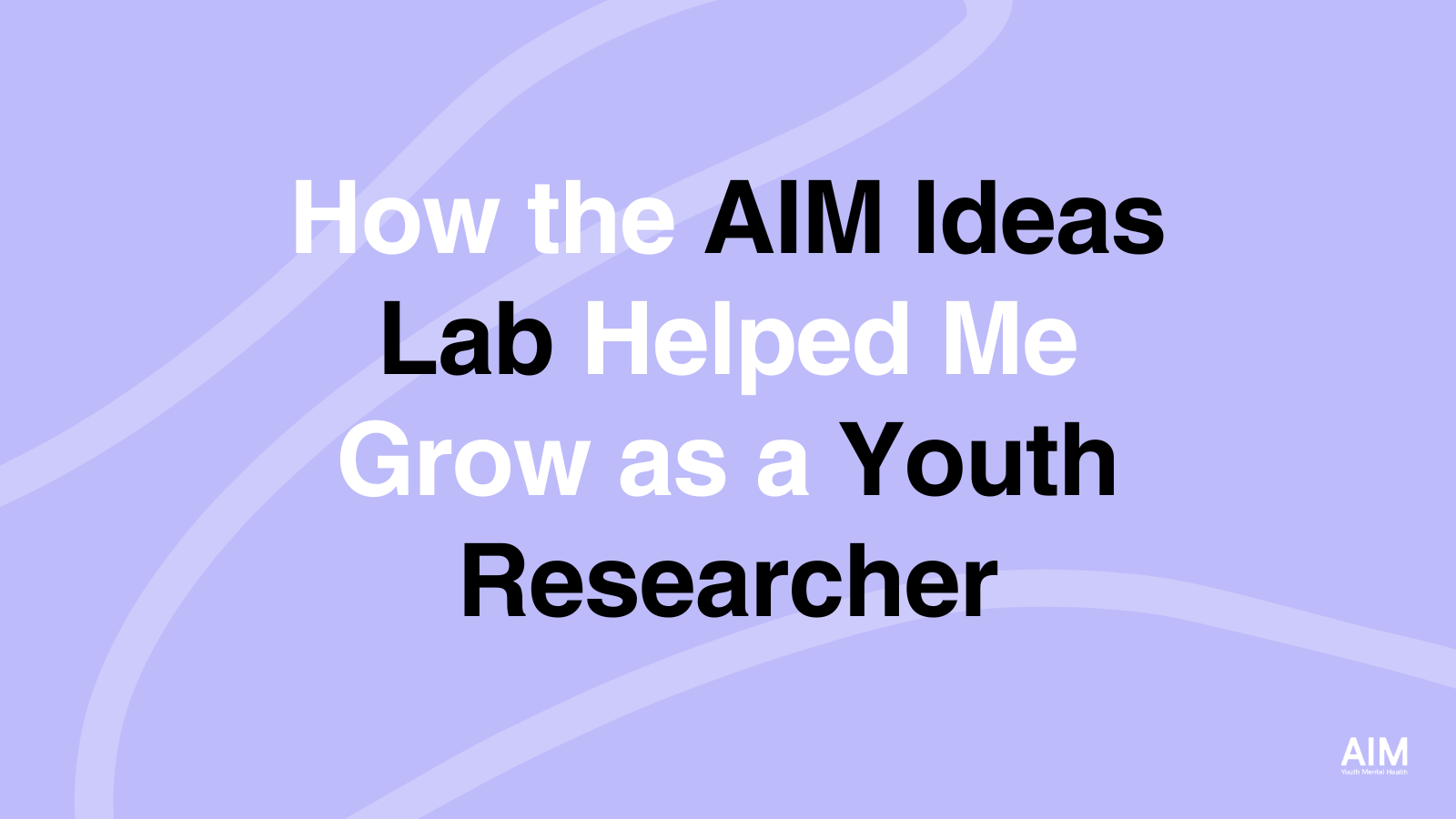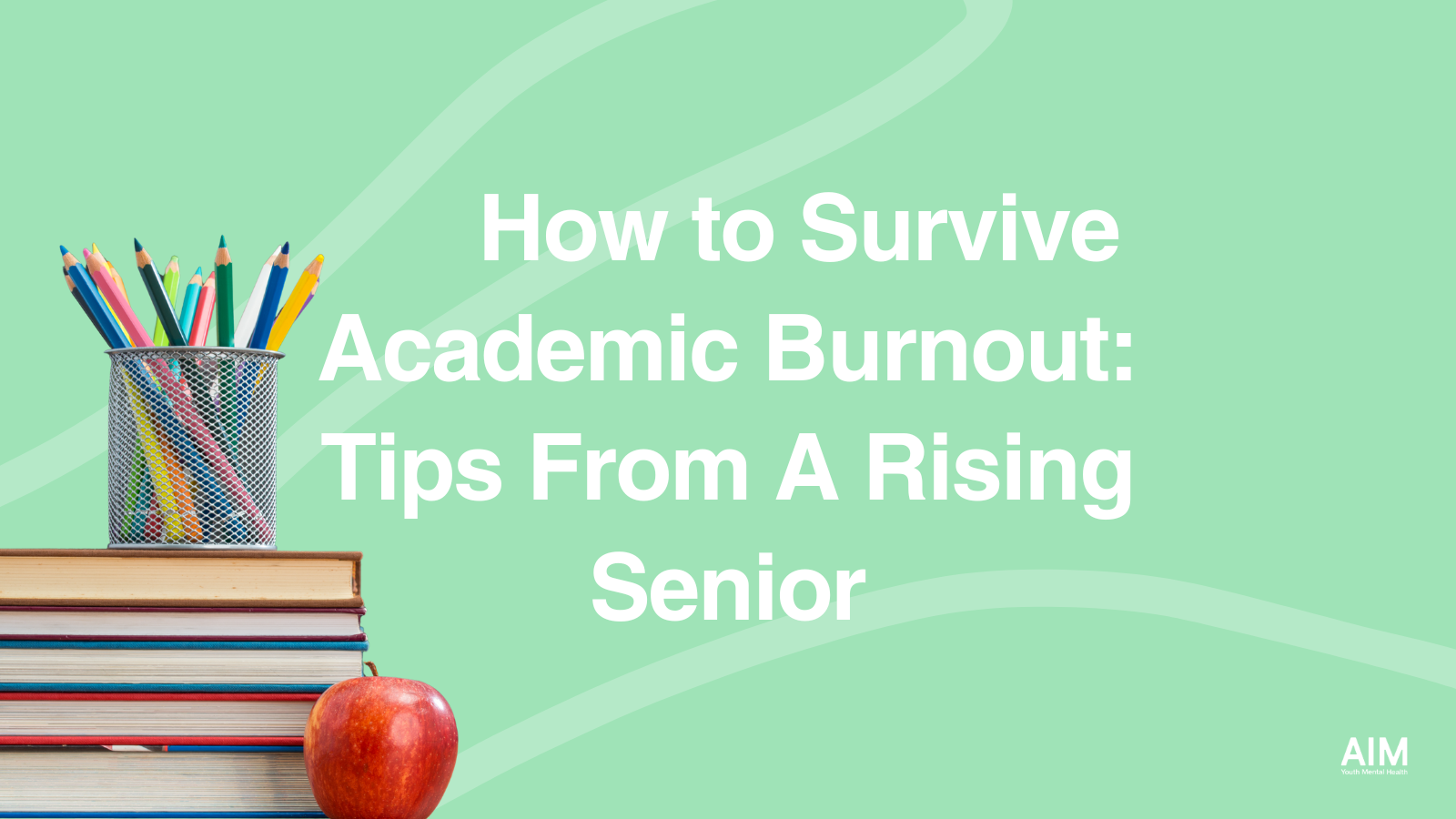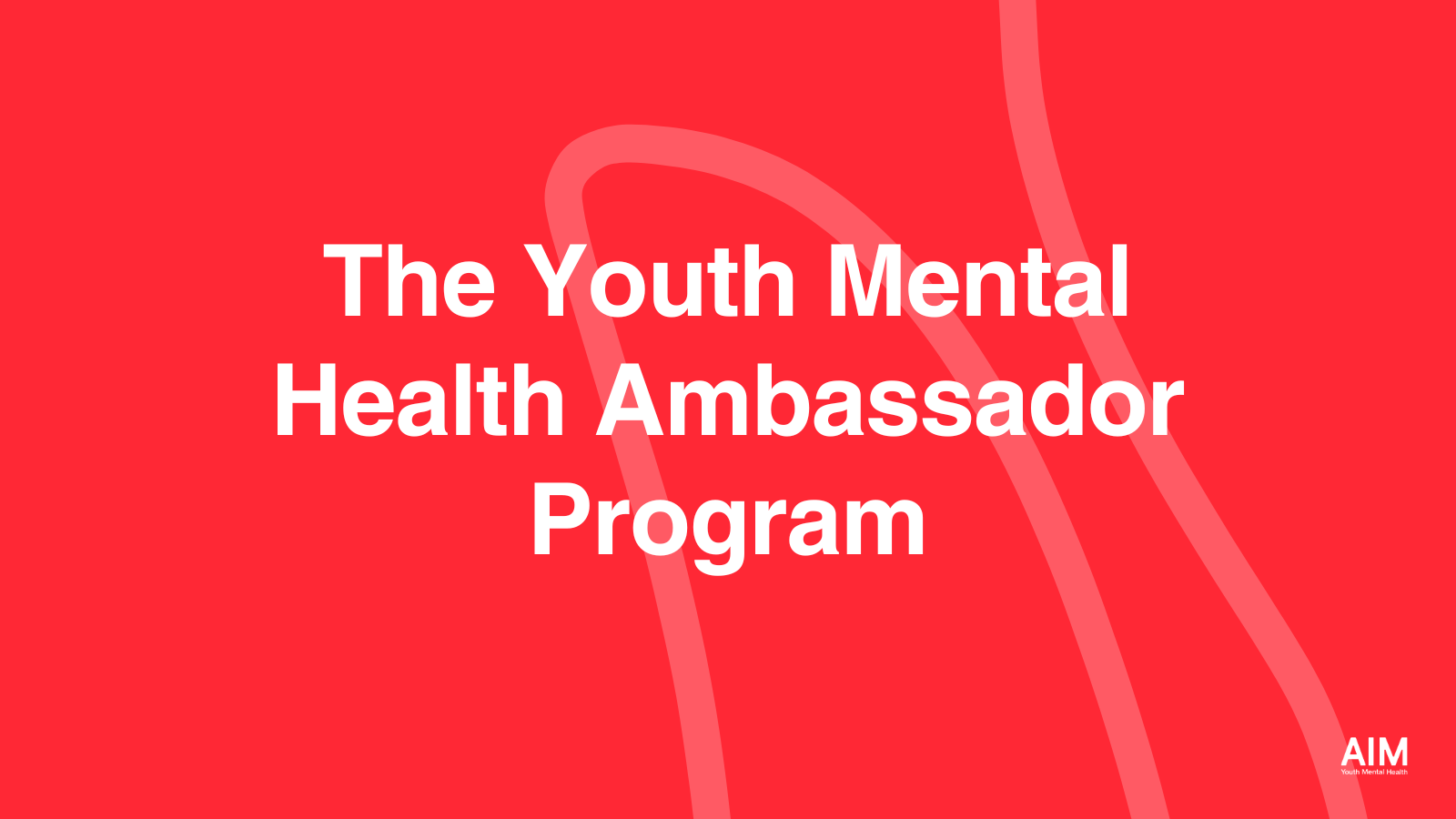By identifying adverse situations in families lives, pediatricians hope to thwart toxic stress in children and change their health trajectories, creating generations of healthier, happier children.
By Jill Suttie
We tend to think of children as resilient. If they fall and scrape their knee, they heal quickly. If they fear the dark, they will soon overcome that fear. Childhood is supposed to be a time of learning and growing, and facing adversity is part of that.
But, what if their home life includes ongoing stressors that make resilience difficult, if not impossible? What if their parents abuse drugs, have mental health problems, or are unable to provide stable housing? Or what if a child suffers from ongoing bullying, discrimination, or violence?
These kinds of stressors are what researchers call “adverse childhood events” or “ACE’s”. Having a history of ACE’s in one’s childhood creates “toxic stress”, which can lead to all kinds of mental and physical problems. These include poorer immune, endocrine, cardiovascular, and metabolic system function, meaning kids are more susceptible to diseases, like hypertension or diabetes. And, they can lead to anxiety, depression, and suicidal ideation. Yet, ACE’s are often not discovered until children grow into adults, making it difficult for those who care for them to prevent the devastating impacts of toxic stress on children’s life trajectories.
That’s where the work of Dr. Dayna Long comes in. Long is a pediatrician and co-director of the Center for Child and Community Health at UC San Francisco Benioff Children’s Hospital Oakland. Her research has been instrumental in creating assessment tools for pediatricians that can help identify challenges in parents’ and children’s lives and make sure that families receive the resources they need to lessen toxic stress.
AIM spoke with Long recently about her work and what it means for children. Here is an edited version of our interview:
Jill Suttie: You say that toxic stress leads to toxic physiology. What do you mean by that?
Dayna Long: When you’re exposed to chronically stressful situations, like abuse, neglect or household challenges, you experience a constant cascade [of stress neurochemicals] that activates the fight, fire, or freeze response. Normally, this response would be adaptive—like when you see a bear in the woods. But, it becomes maladaptive because it’s happening on a regular basis.
Toxic stress comes from ongoing experiences of trauma that keep activating that cascade and the fight, flight, or freeze response without having safe, stable, buffering adults around to lean on—whether that’s a parent, a grandmother, an auntie, or a teacher. It can cause increased wearing and tearing on the body.
JS: You’ve developed an instrument called PEARLS to help pediatricians identify these chronically stressful situations in children’s lives. What do you hope will be accomplished by that?
DL: Our vision is to reduce exposure to ACEs and toxic stress in half by one generation. In order to do that, children from O to 21 are screened annually during their well checks, and adults are screened at least once in their lifetime. The goal is universal, standardized screening for ACE’s in adults and children, much the same way we screen for child development or even maternal depression.
The recommended screening is delivered in a trauma-informed, team-based approach, so that we really focus on building trust and safety and foster relationships with families. Families know that we, as providers, are in their corner and that the goal of the screening is to help support the family unit and the health of the child.
The questions are written so that they’re not actually asking if the child is in harm’s way right now, but as if these things ever happened in the life of the child. Once you have a total score, that, in combination with the health conditions of the child plus protective factors, can give you an indication of whether this child is at risk for having toxic stress and potentially poor outcomes.
JS: What research have you done with the instrument and what are you finding?
DL: We have an incredible research team for PEARLS, including my co-principal investigator, Neeta Thakur [UCSF pulmonary and critical care physician] and Nadine Burke Harris (before she became the Surgeon General). We had three primary goals: creating a prospective, validated screening tool, linking the tool with biomarkers (biological specimens that help give us indications of inflammation and stress in the body), and looking at interventions.
Our first patient was recruited in 2017. And, what we have been able to do since then is not only provide the face and statistical validation for the tool that’s now being used across the state [of California], but we’ve been able to show that children, even with a PEARL score of one or more, are already having poorer outcomes. We’re seeing higher rates of uncontrolled asthma and of stomach aches, and decreased executive functioning. A score of one or more is already significant. So, the earlier we can intervene, the better.
JS: What kinds of interventions are available to these kids and their parents?
DL: We have a number of interventions. For our initial study, we looked at two interventions compared to the standard of care. One was around care coordination— pairing community health workers with families in order to help resolve some of their unmet basic needs. For example, if food insecurity is the problem, the workers might ask, ‘Do you have access to fresh fruits and vegetables? Are you signed up for WIC and CalFresh? Do you know where the food banks are in your local community? We have a drop offsite in our clinic for the food bank. Can we get you some food today?’ That’s what I mean by connecting families to resources.
The other intervention was a resiliency clinic, which is a group visit model, where a caregiver and child come to a group session with 3-6 (potentially up to 8) other dyads (can we say participants?) and focus on mindfulness, [emotion] self-regulation and co-regulation [for lowering stress]. It’s about skill-building. We’re never going to be able to make all trauma go away, but we can help people to modulate their response to it. There’s also a lot of health education and social networking—being in relationship not only with your child, but with the other dyads.
JS: Have these interventions been studied? If so, what have you found?
DL: Our research includes three main aims. The first is to look at the initial cohort of kids from the PEARL study and follow them longitudinally, so that we know how trauma is impacting their lives. The second is a deeper dive into the interventions in a multi-centered trial, with a site in Richmond and in Santa Barbara. The third is to work with community partners to create a toolkit for resiliency, so that other sites can not only support ACEs screening and response, but do it in a way that really centers on the family voice. As part of that work, we have a family board made up of participant families from our studies across the state of California who are helping us to create our research agenda. We’re bouncing ideas off of them and talking about the results and where to go from here with our families, to make sure that we’re constantly getting that family input.
Aside from the PEARL study, we actually looked at how pairing our families with community health workers affected them and were able to demonstrate that when families are paired, we see reduced emergency room visits, reduced hospital visits, and reduced length of stays. Also, when families participate in these stress clinics, we are able to reduce caregiver stress, and the families enjoy the clinics and want them to continue. They say they learned a lot and feel closer to their child as a result. Fortunately, in the last round of funding through Governor Newsom’s California Precision Medicine Initiative, we were able to get funding to continue the study.
So, we’re looking at a bunch of different markers, including the PEARL scores of the parents. We are looking at caregiver stress because there’s a strong correlation between caregiver stress and child outcomes and collecting specific biologic specimens on the kids in order to actually measure their stress via biomarkers.
JS: Do you have any particular stories from individuals that show what this means to families?
DL: My gosh, so many! The research started in 2017, so we’ve been standardizing and promoting universal screening during well-child visits for the last several years. That’s just part of standard practice now in my clinic. I’ve had amazing situations where a family will have taken the PEARL screen, and I’ll ask the family, ‘How was that for you?’ And, the mom will say, ‘Thank you so much for asking me these questions. I wish that my pediatrician had asked my mom when I was small, because if she had, every single one of these would be positive. I’m so grateful to know this so that I can make sure that I’m showing up for my child and my child can be as healthy as possible.’
My greatest hope is that by screening for ACEs and trauma and protective factors, we really can create trust and relationship with families and, by doing that, we can guarantee a healthier generation of children.
______________________
About the Author
Jill Suttie, Psy.D., is a free-lance journalist and a staff writer and contributing editor for Greater Good, an award-winning online magazine published by the University of California’s Greater Good Science Center. A psychologist by training, her articles cover scientific research aimed at uncovering the keys to individual wellbeing and a more compassionate society. She also records music and has two CD’s of original songs that can be heard and purchased on her personal website: jillsuttie.com.





